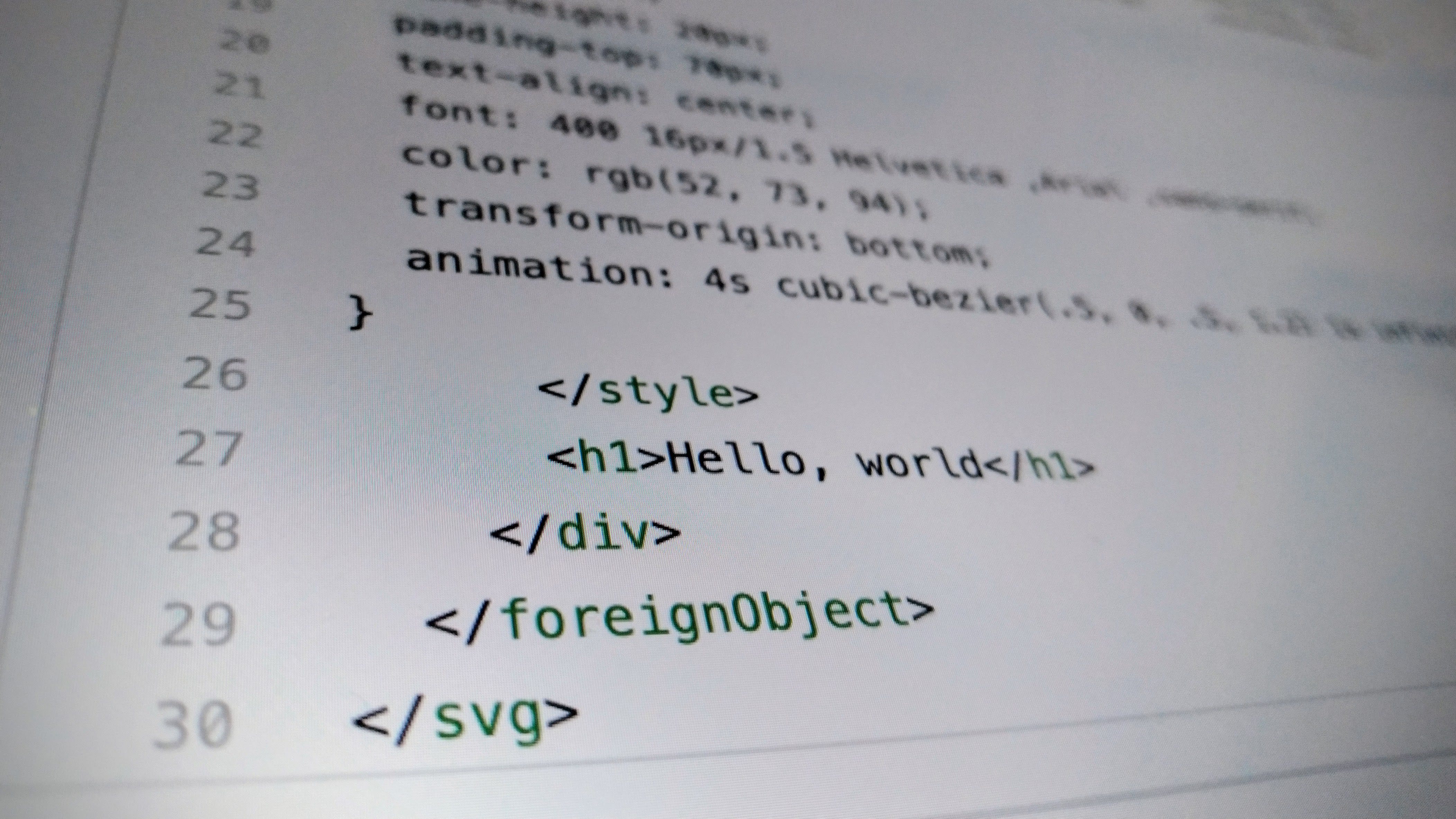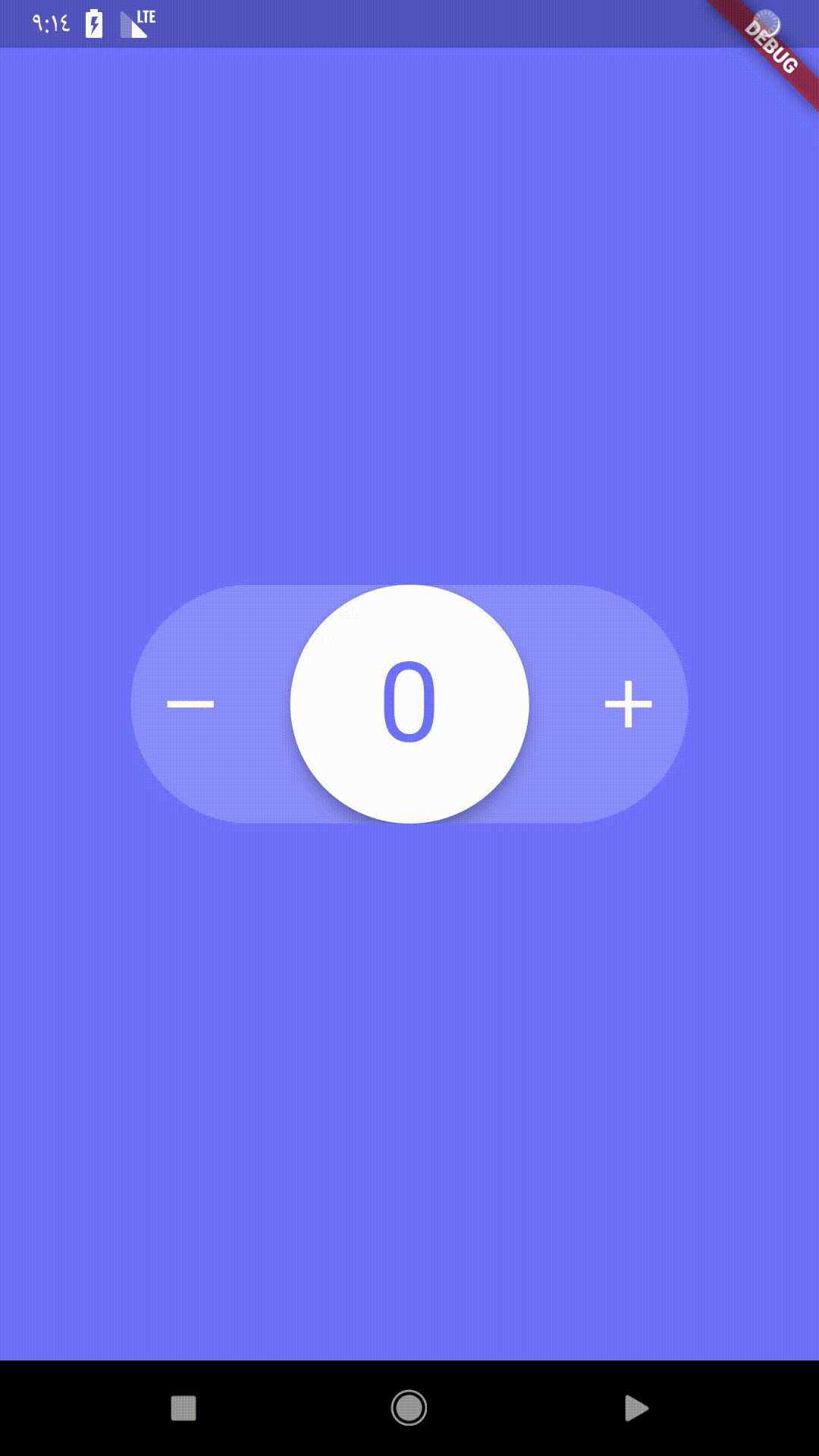- Github Markdown Emoji
- Github Markdown Table
- Titles
- See Full List On Github.com
- Github Markdown Inline Code
- GitHub - Markdown-templates/markdown-emojis: All The Emojis

Markdown is a lightweight and easy-to-use syntax for styling all forms of writing on the GitHub platform.
What you will learn:
- How the Markdown format makes styled collaborative editing easy
- How Markdown differs from traditional formatting approaches
- How to use Markdown to format text
- How to leverage GitHub’s automatic Markdown rendering
- How to apply GitHub’s unique Markdown extensions
Anchors in Markdown. To create an anchor to a heading in github flavored markdown. Add -characters between each word in the heading and wrap the value in parens (#some-markdown-heading) so your link should look like so. Render a Markdown document in raw mode. You must send Markdown as plain text (using a Content-Type header of text/plain or text/x-markdown) to this endpoint, rather than using JSON format. In raw mode, GitHub Flavored Markdown is not supported and Markdown will be rendered in plain format like a README.md file. Markdown content must be 400 KB. These are just the most basic things you can do, and they are all standard Markdown. GitHub Flavoured Markdown is the same with a few extensions. The standard Markdown. Markdown is a standard developed by John Gruber. The main goal with Markdown is to make the file possible to read even in pure text.
What is Markdown?

Markdown is a way to style text on the web. You control the display of the document; formatting words as bold or italic, adding images, and creating lists are just a few of the things we can do with Markdown. Mostly, Markdown is just regular text with a few non-alphabetic characters thrown in, like # or *.
You can use Markdown most places around GitHub:
- Comments in Issues and Pull Requests
- Files with the
.mdor.markdownextension
For more information, see “Writing on GitHub” in the GitHub Help.
Examples
Syntax guide
Here’s an overview of Markdown syntax that you can use anywhere on GitHub.com or in your own text files.
Headers
Emphasis
Lists
Unordered
Ordered
Images
Links
Blockquotes
Inline code
GitHub Flavored Markdown
GitHub.com uses its own version of the Markdown syntax that provides an additional set of useful features, many of which make it easier to work with content on GitHub.com.
Note that some features of GitHub Flavored Markdown are only available in the descriptions and comments of Issues and Pull Requests. These include @mentions as well as references to SHA-1 hashes, Issues, and Pull Requests. Task Lists are also available in Gist comments and in Gist Markdown files.
Syntax highlighting

Here’s an example of how you can use syntax highlighting with GitHub Flavored Markdown:
You can also simply indent your code by four spaces:
Here’s an example of Python code without syntax highlighting:
Task Lists
If you include a task list in the first comment of an Issue, you will get a handy progress indicator in your issue list. It also works in Pull Requests!
Tables
You can create tables by assembling a list of words and dividing them with hyphens - (for the first row), and then separating each column with a pipe |:
Would become:
| First Header | Second Header |
|---|---|
| Content from cell 1 | Content from cell 2 |
| Content in the first column | Content in the second column |
SHA references
Any reference to a commit’s SHA-1 hash will be automatically converted into a link to that commit on GitHub.
Issue references within a repository
Any number that refers to an Issue or Pull Request will be automatically converted into a link.
Username @mentions
Typing an @ symbol, followed by a username, will notify that person to come and view the comment. This is called an “@mention”, because you’re mentioning the individual. You can also @mention teams within an organization.
Automatic linking for URLs
Any URL (like http://www.github.com/) will be automatically converted into a clickable link.
Strikethrough
Any word wrapped with two tildes (like ~~this~~) will appear crossed out.
Emoji
GitHub supports emoji!
To see a list of every image we support, check out the Emoji Cheat Sheet.
Last updated Jan 15, 2014
“Markdown Architectural Decision Records” (MADR) [ˈmæɾɚ] – architectural decisions that matter [ˈmæɾɚ].
News
- 2020-09-29: MADR presented in the keynote “Markdown Architectural Decision Records: Capturing Decisions Where the Developer is Working” at the workshop “Second Software Documentation Generation Challenge (DocGen2)”. Slides available at Speaker Deck.
- 2019-07-08: MADR referenced in Architectural Decisions — The Making Of, a post in the new blog “The Concerned Architect” by Olaf Zimmermann (shorter version available on Medium).
- 2018-04-13: Mentioned in @vanto’s presentation about ADRs: https://speakerdeck.com/vanto/a-brief-introduction-to-architectural-decision-records.
- 2018-04-03: Scientific publication: Markdown Architectural Decision Records: Format and Tool Support.
Overview
An Architectural Decision (AD) is a software design choice that addresses a functional or non-functional requirement that is architecturally significant. This might, for instance, be a technology choice (e.g., Java vs. JavaScript), a choice of the IDE (e.g., IntelliJ vs. Eclipse IDE), a choice between a library (e.g., SLF4J vs java.util.logging), or a decision on features (e.g., infinite undo vs. limited undo).Do not take the term “architecture” too seriously or interpret it too strongly.As the examples illustrate, any decisions that might have an impact on the architecture somehow are architectural decisions.
It should be as easy as possible toa) write down the decisions andb) to version the decisions.
This repository offers a solution to record architectural decisions.It provides files to document Architectural Decisions using Markdown and Architectural Decision Records.
The decisions are placed in the folder docs/adr to1) Enable GitHub pages to render it using the web. See https://help.github.com/articles/configuring-a-publishing-source-for-github-pages/ for more information.2) Separate the architectural decisions from other documentation.
The filenames are following the pattern NNNN-title-with-dashes.md (ADR-0005), where
NNNNis a consecutive number and we assume that there won’t be more than 9,999 ADRs in one repository.- the title is stored using dashes and lowercase, because adr-tools also does that.
- the suffix is
.md, because it is a Markdown file.
Table of Contents
The Template
The template reads as follows:
The template is available at template/template.md.
Example
The example is rendered at template/0000-use-markdown-architectural-decision-records.md
For the MADR project itself, all ADRs exist at docs/adr/.
Github Markdown Emoji
Apply it to your project
Initialization
Github Markdown Table
Create folder docs/adr in your project.Copy all files in template from the MADR project to the folder docs/adr in your project.
For instance, using npm, this can be done using the following command:
Create a new ADR
Manual approach:
- Copy
template.mdtoNNNN-title-with-dashes.md, whereNNNNindicates the next number in sequence. - Edit
NNNN-title-with-dashes.md. - Update
index.md, e.g., by executingadr-log -d .You can get adr-log by executingnpm install -g adr-log.
Titles
Note you can also use other patterns for the directory format, but then the tools cannot be applied.
Automatic approach:
Use our fork of adr-tools.See https://github.com/npryce/adr-tools/pull/43 for the current status of integration.
See Full List On Github.com
Development
- MADR follows Semantic Versioning 2.0.0 and documents changes in a
CHANGELOG.mdfollowing keep a changelog 1.0.0. - Issues can be reported at https://github.com/adr/madr/issues.
- Use the Markdown Style Guide space-sentence:1, wrap:sentence, header:atx, list-marker:asterisk, list-space:1, code:fenced
Releasing a new version:
- Update
CHANGELOG.md. - Update
README.mdwith the new template and the example. - Adapt the version reference in
template/0000-use-markdown-architectural-decision-records.md. - Copy
template/0000-use-markdown-architectural-decision-records.mdtodocs/adr/0000-use-markdown-architectural-decision-records.md. - Update
package.json, publish to npmjs, create GitHub release.
Use release-it (do not create a release on GitHub) and github-release-from-changelog.
Github Markdown Inline Code
License
GitHub - Markdown-templates/markdown-emojis: All The Emojis
License: CC0
